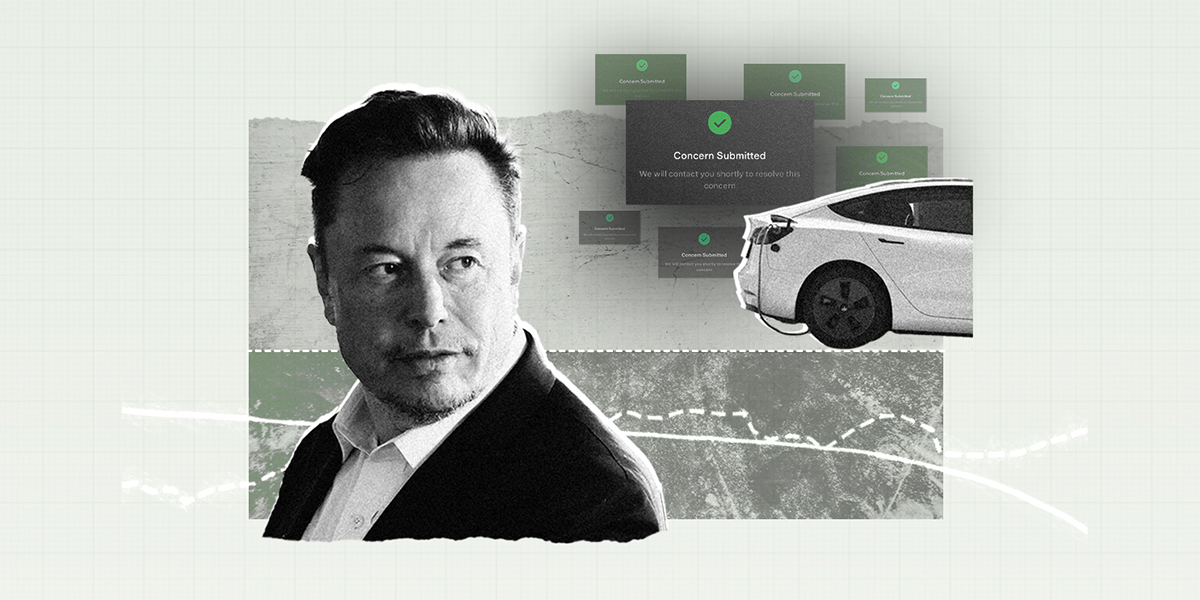From the article: “About a decade ago, Tesla rigged the dashboard readouts in its electric cars to provide “rosy” projections of how far owners can drive before needing to recharge, a source told Reuters. The automaker last year became so inundated with driving-range complaints that it created a special team to cancel owners’ service appointments.”



But once it’s out, it’s out. It can then be recycled and reused “forever”.
You extract oil once and burn it once; then that carbon is stuck in the atmosphere “forever”. Now you have to extract more oil and do it all over again.
That’s the big difference, EVs don’t consume lithium; they borrow it.
That’s not how recycling works.
Most recycling today is PR anyway. Recycled stuff gets dumped into some poor third world country.
lithium and cobalt are highly recyclable. The problem is not recycling them the problem is getting all the recyclable batteries into the circular manufacturing process.
There’s at least one company recycling EV batteries already, and that’s even with the small amount of end-of-life batteries out there (most are still on the road): https://arstechnica.com/cars/2023/03/heres-what-redwood-learned-in-its-first-year-of-ev-battery-recycling/
That’s definitely the case for low/zero value materials like plastics. But the materials in EV batteries are way too valuable to just throw away.